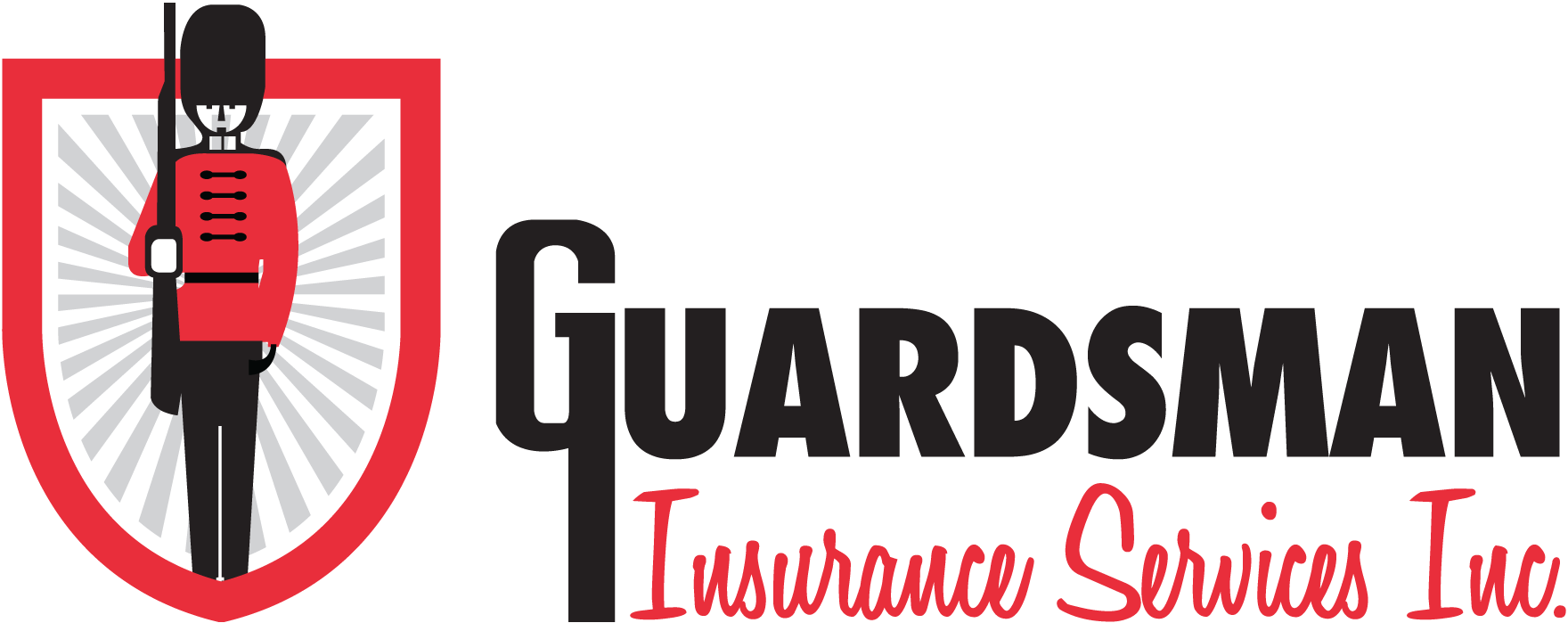by Thomas Watson, CD, CIP
Are you an early adapter to the ownership of an electric vehicle (EV) or considering making the commitment to a more environmentally friendly form of transportation? If you are, you’re already on the road to reducing emissions and helping the environment. So, while you are touring the countryside on clean energy, it’s critical that you are aware of how to ensure your charging practices are as safe as they are eco-friendly. Follow these tips for safe charging at public stations and at home:
How to safely charge at public stations
Choose reputable stations. While you are looking for a charging station, make sure to chose a reputable and well-maintained location. Keep an eye out for a station that is well-lit, has clear signage and is in a higher traffic area for added safety. Also, check your preferred credit card for special offers available to you at selected service centers.
Inspect the equipment. Take the time to check for wear and tear on the charging equipment before plugging in. Confirm there are no visible signs of damage, like frayed cables or loose connections. If there is damage or missing parts, take a moment to notify the station of the potential hazard. This not only benefits you, but also your fellow EV owners.
Be aware of your surroundings. As the old saying goes, the best laid plans of mice and men…. Although you have taken the time to ensure you are in a safe area and the equipment is functioning properly, there are still inherent risks while spending an extended period of time in unfamiliar locations. If remaining in your vehicle keep your doors locked and if exploring the area while your vehicle charges, stay vigilant.
Mind your cable. Remember that you are not the sole user of a public charging station. Replacing your cable in a tidy fashion after use and ensuring the cable is not a tripping hazard to you and others in the area is best practice for the entire community.
Respect public charging etiquette. Just like a traditional gas station, charging stations are shared spaces; be mindful of others waiting to plug in. When your charge is complete, quickly move your car to make way for other EV owners.
How to safely charge at home
Use manufacturer-approved equipment. Depending on the brand of vehicle you purchased, there are currently 3 varieties of charger available. When setting up your home charging station, consult a licensed electrician to ensure you meet or exceed the electrical requirements for your area.
Level 1. The majority of Level 1 chargers come directly from the manufacturer with your EV and can be used with any standard 120V wall outlet. They provide up to eight kilometers of range per hour of charge time, which makes it the slowest charging option.
Level 2. For a faster and more flexible home charging set-up a level 2 charger is ideal. It requires a 208V or 240V wall outlet — which needs to be installed by a licensed electrician. Providing up to 97 kilometers of range per hour of charge time, this tends to be a very popular option.
Level 3. Typically only found at public charging stations, level 3 units can give a complete charge to most EVs in under 30 minutes. Once again, following installation guidelines is critical. Whether you’re installing a wall-mounted charger or using a portable one, always follow the manufacturer’s instructions. If you’re unsure, consider hiring a licensed electrician to set everything up correctly.
Make sure you have enough power. Before making your final decision to purchase an EV, confirm that your home’s electrical system can support the charging demands of the vehicle. Adding a charging station may require new circuits, in some cases a new electrical panel or even the possibility of upgrading your service which can add thousands to the overall costs of your transition to an E powered vehicle.
Complete regular maintenance. As with any other electrical appliance, your charging equipment is subject to wear and tear. Regular inspections will allow you to catch any damage or defects and have them serviced in a timely fashion.
By following these simple tips, you can make sure your EV charging experience is not only convenient, but safe for you, your vehicle, and those around you.
Guardsman Insurance services would be happy to discuss insurance coverage for your current or new EV. You can contact us at 1-800-881-2371 or by email guard@guardsman.ca

